Understanding and Working With Youth (YD1470, Sept. 2018)
Availability: Web only
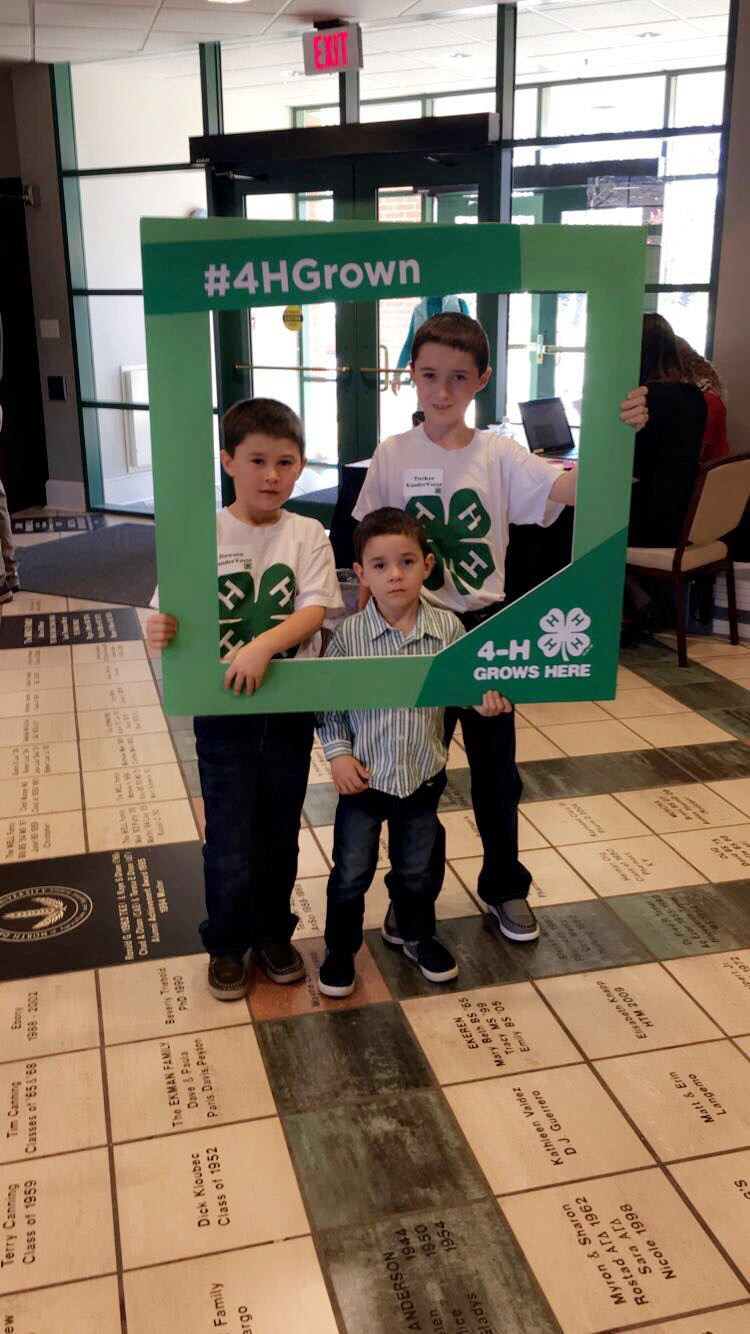
Certain characteristics are common to youth at each age level. While the rate of development may vary, the order of stages does not. Every young person is unique. However, there are various needs and milestones universal to all youth. Keep these in mind when working with youth to promote successful development.
Development is sequential, continuous and gradual. Each stage is distinct, characterized by abilities and attitudes that are different from the stages before and after. Youth develop at different rates, so age and grade level are not perfect predictors of maturity. What one youth is capable of doing may be too difficult for another of the exact same age.
4 Developmental Stages
- Early Childhood: Ages 5 to 8 (Grades K to 3)
- Middle Childhood: Ages 9 to 11 (Grades 4 to 6)
- Early Adolescence: Ages 12 to 14 (Grades 7 to 9)
- Adolescence: Ages 15 to 18 (Grades 10 to 12)
Age appropriateness refers to how effectively a program matches its learning objectives based on the predictable sequences of youth development. Each developmental stage has four areas of development impacting individual learning.
4 Areas of Development
- Physical: Growing and maturing of body and brain
- Social: Interacting with others and responding in social settings
- Emotional: Understanding, recognizing and expressing emotions
- Intellectual: Thinking, learning and processing information
Growth in these four areas may proceed at different rates in an individual. For example, a youth who is advanced physically may be average in terms of intellectual ability and below average in terms of emotional and social growth. Youth may need different learning experiences in each of these areas to help them reach their full potential.
Remember: Youth develop at their own pace, and not all characteristics will be observed in every individual of the same
age or developmental stage.
Guidelines for Events and Activities
- Include time for youth to learn by doing
- Offer a variety of learning experiences to include different learning styles: auditory, visual, verbal, physical and logical
- Build on past experiences and apply learning to new experiences
- Provide opportunities that motivate and challenge youth in each area of development
Importance
Selecting applicable and suitable activities is critical for successful learning. Engaged learning leads to higher levels of motivation, creativity and confidence. Age appropriate experiences promote fun and engaging learning opportunities for youth. Understanding ages and stages of development helps cultivate a thriving youth development program.
Tip: Providing a choice of activities or offering multiple levels of difficulty within one activity is ideal.
Early Childhood: Ages 5 to 8 (Grades K to 3)
Physical Development

Social Development
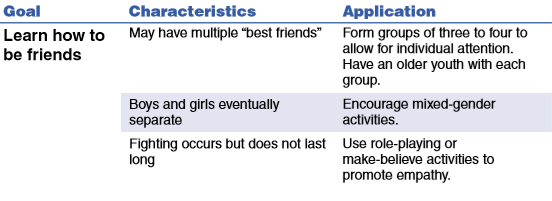
Emotional Development
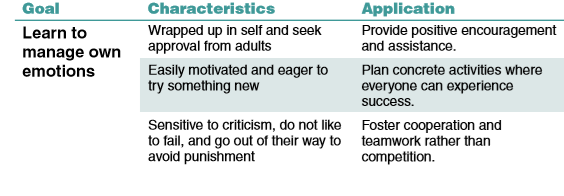
Intellectual Development
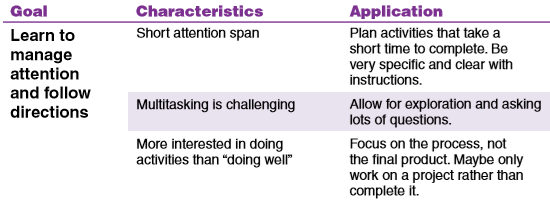
Middle Childhood: Ages 9 to 11 (Grades 4 to 6)
Physical Development

Social Development
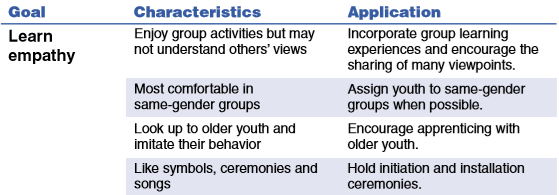
Emotional Development

Intellectual Development
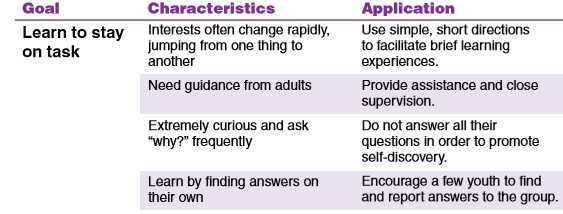
Early Adolescence: Ages 12 to 14 (Grades 7 to 9)
Physical Development

Social Development
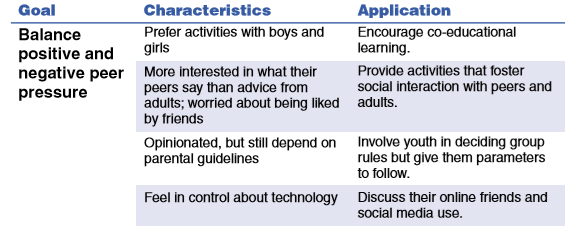
Emotional Development
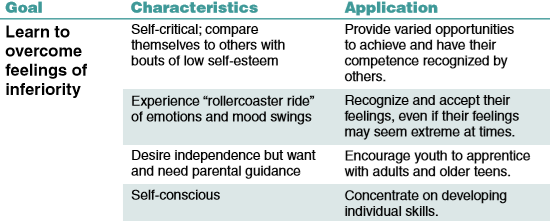
Intellectual Development
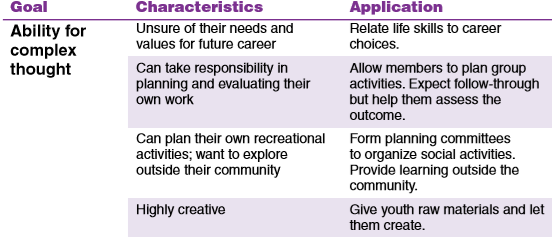
Adolescence: Ages 15 to 18 (Grades 10 to 12)
Physical Development

Social Development

Emotional Development
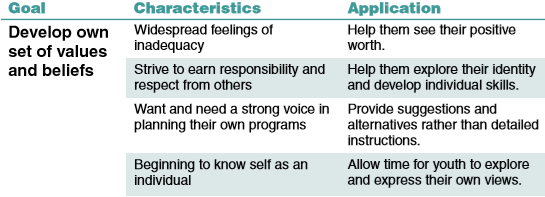
Intellectual Development
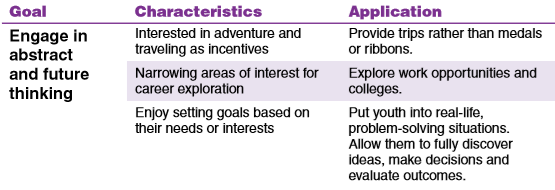
Activity
Imagine next month you are responsible for planning a club event with members from each age group participating. Think through and plan how you can design the experience so all members are engaged.
Event:
Ages 5 to 8 (Grades K to 3)
Ages 9 to 11 (Grades 4 to 6)
Ages 12 to 14 (Grades 7 to 9)
Ages 15 to 18 (Grades 10 to 12)
References
Centers for Disease Control and Prevention. (2018). Child development: Positive parenting tips. National Center on Birth Defects and Developmental Disabilities.
Martz, J., Mincemoyer, C., & McNeely, N.N. (2016). Essential elements of 4-H youth development programs: Curriculum and training guide. Washington, D.C.: National 4-H Council.
Query, S. (2006). How kids develop. Iowa State University Extension.
Reviewed by: Maxine Nordick, Caroline Homan, Cindy Klapperich, Rebecca Woods and Amelia Doll


September 2018

